I installed aws-load-balancer-controller on new EKS cluster (version v1.21.5-eks-bc4871b).
I installed by this guide https://kubernetes-sigs.github.io/aws-load-balancer-controller/v2.3/deploy/installation/ step by step but when I'm trying to deploy ingress object I'm getting the error I mentioned in the title. I tried to do as github issues questions like here https://github.com/kubernetes-sigs/aws-load-balancer-controller/issues/2039 but didn't find any answer.
What else can I do for checking this?

